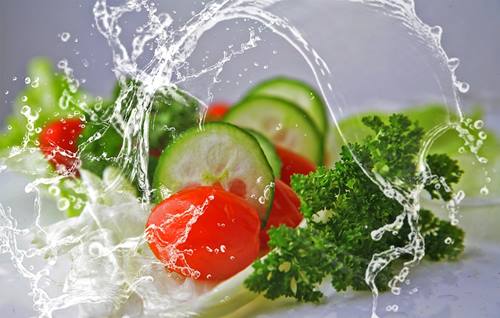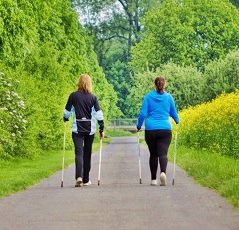Gout
Gout: symptoms, types, causes, treatment
Fact Checked
×All the content published in our website is fact checked to validate its accuracy.
Visit our guidelines web page to learn more about our strict processes regarding how we review our content's sources: reliable and reputable journals, media websites, universities, colleges, organizations, and professionals.
Our articles are based on scientific evidence, and the references are included in its footnotes, which are clickable links to sound scientific papers.
First published: 13.Sept.2023
Overview: Gout
Gout is a type of arthritis that causes redness, swelling and pain in the lower limbs (ankles, toes, big toe) and is caused by a build up of uric acid crystals within the joint's tissue.
It can be managed with medication and also with simple measures like lifestyle changes: a special diet avoid uric acid promoting purines, losing weight and avoiding alcohol.
This article explains all you need to know about this condition: its symptoms and causes and how it is treated.
References and Further Reading
(1) NHS Great Western Hospitals, Dietary Advice for Gout. Accessed: Sept. 13, 2023
(2) Rho YH, Zhu Y, Choi HK. (2011), The epidemiology of uric acid and fructose. Semin Nephrol. 2011 Sep;31(5):410-9. doi: 10.1016/j.semnephrol.2011.08.004. PMID: 22000647; PMCID: PMC3197219
(3) Solyst JT, Michaelis OE 4th, Reiser S, Ellwood KC, Prather ES. (1980). Effect of dietary sucrose in humans on blood uric acid, phosphorus, fructose, and lactic acid responses to a sucrose load. Nutr Metab. 1980;24(3):182-8. doi: 10.1159/000176340. PMID: 7443098
(4) Philip N. Cheifetz (1965). Uric acid excretion and ketosis in fasting. Metabolism Vol 14:12 p1267-1272, Dec 1965 DOI:https://doi.org/10.1016/S0026-0495(65)80006-3
National Kidney Foundation Quick Facts: Gout and Chronic Kidney Disease. Accessed: Sept. 13, 2023
About this Article
Gout, A. Whittall
©2023 Fit-and-Well.com, 13 Sept. 2023. Update scheduled for 13 Sept. 2025. https://www.fit-and-well.com/health/gout.html
Tags: arthritis, gout, osteoarthritis, rheumatoid arthritis, arthritis-osteo, degenerative joint disease, cartilage.




